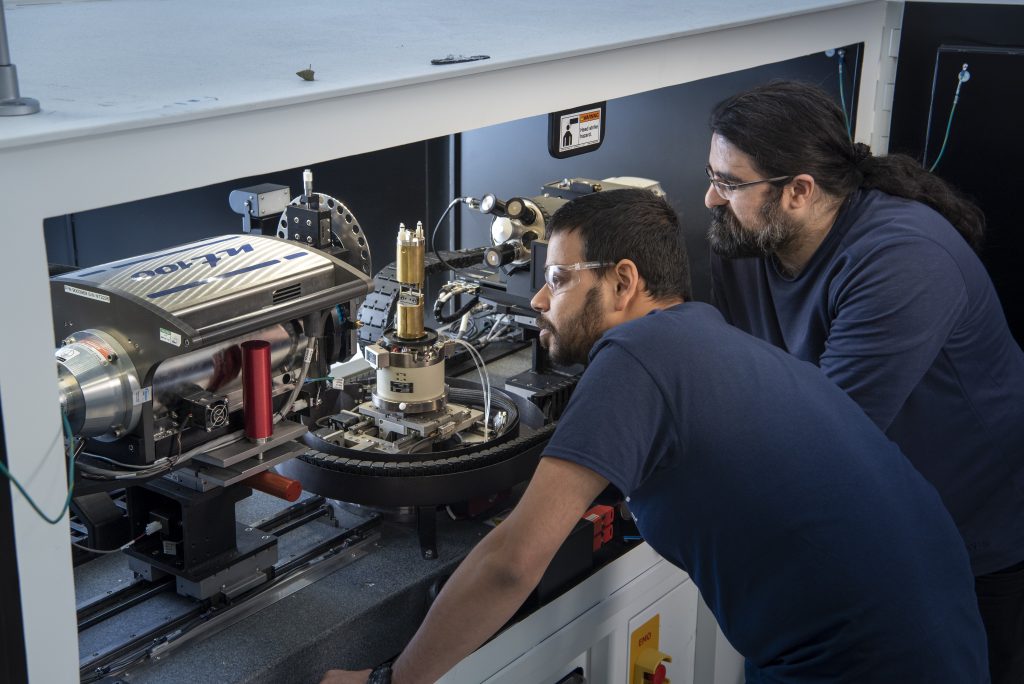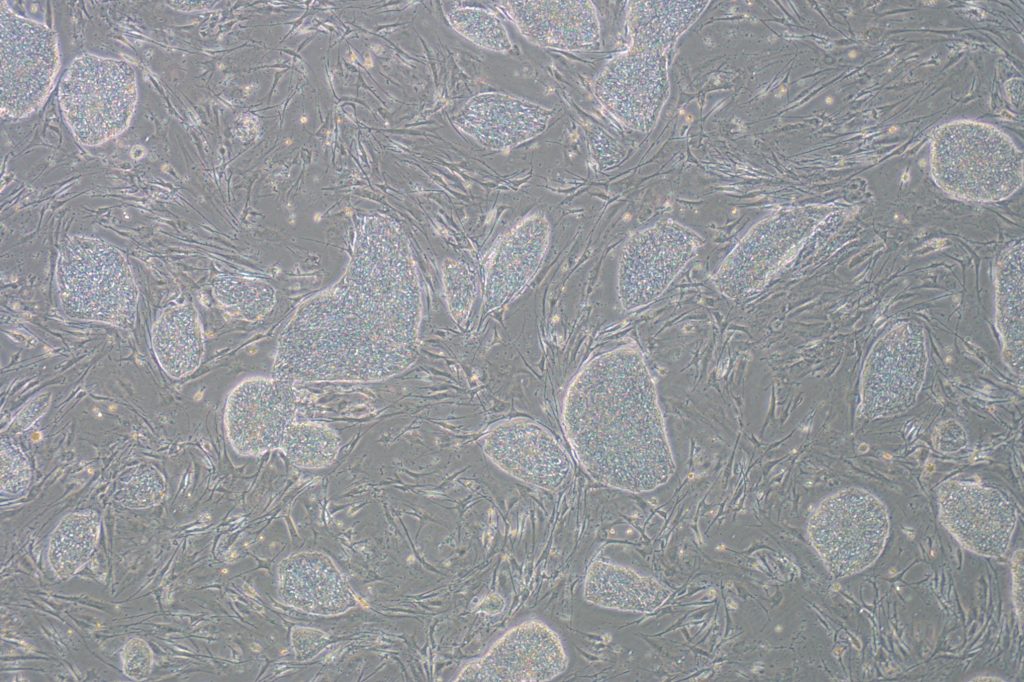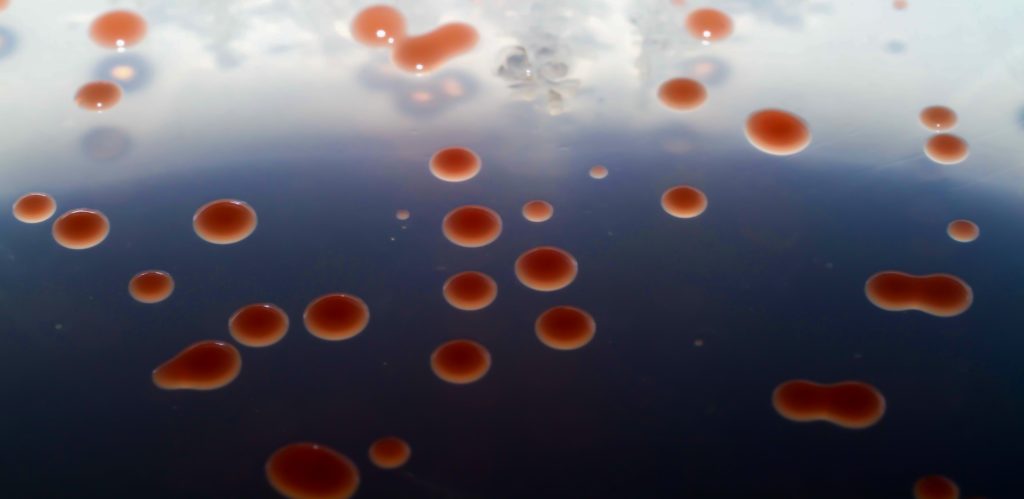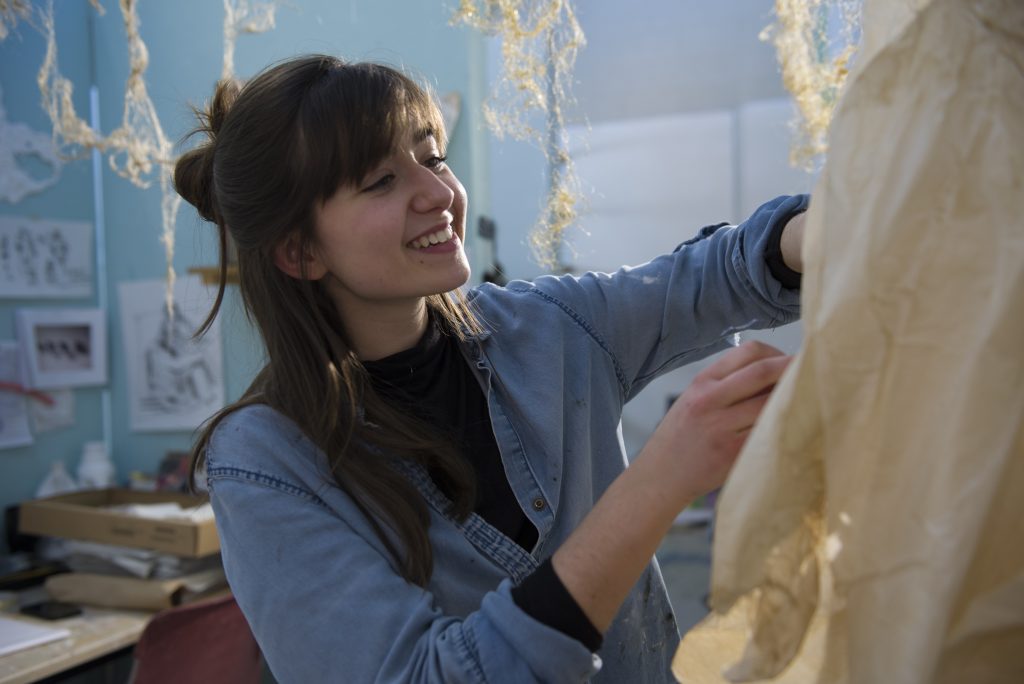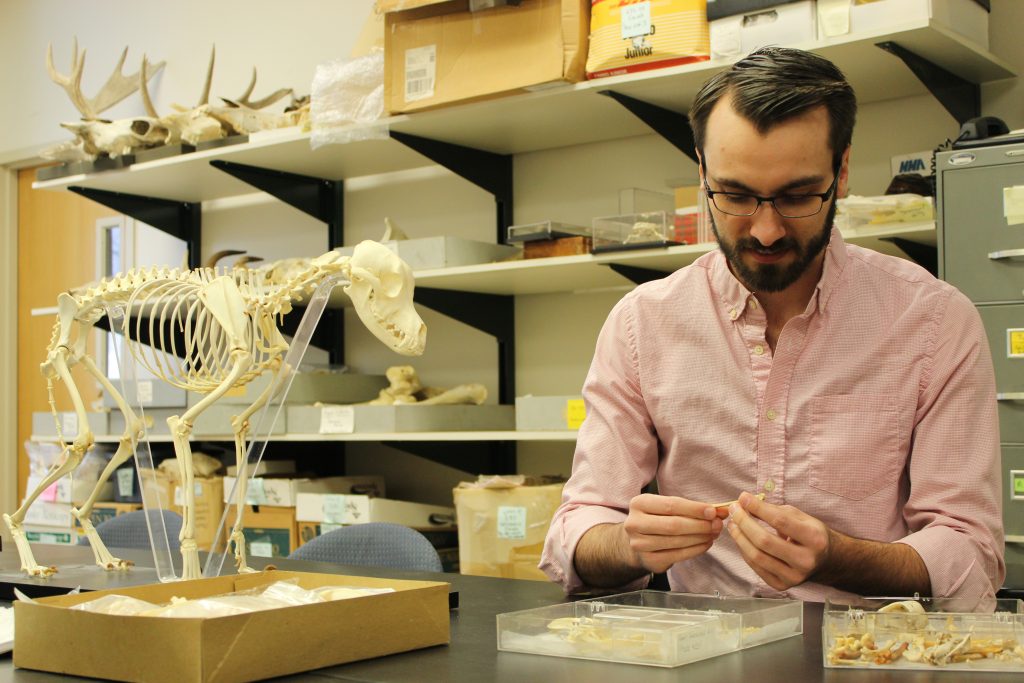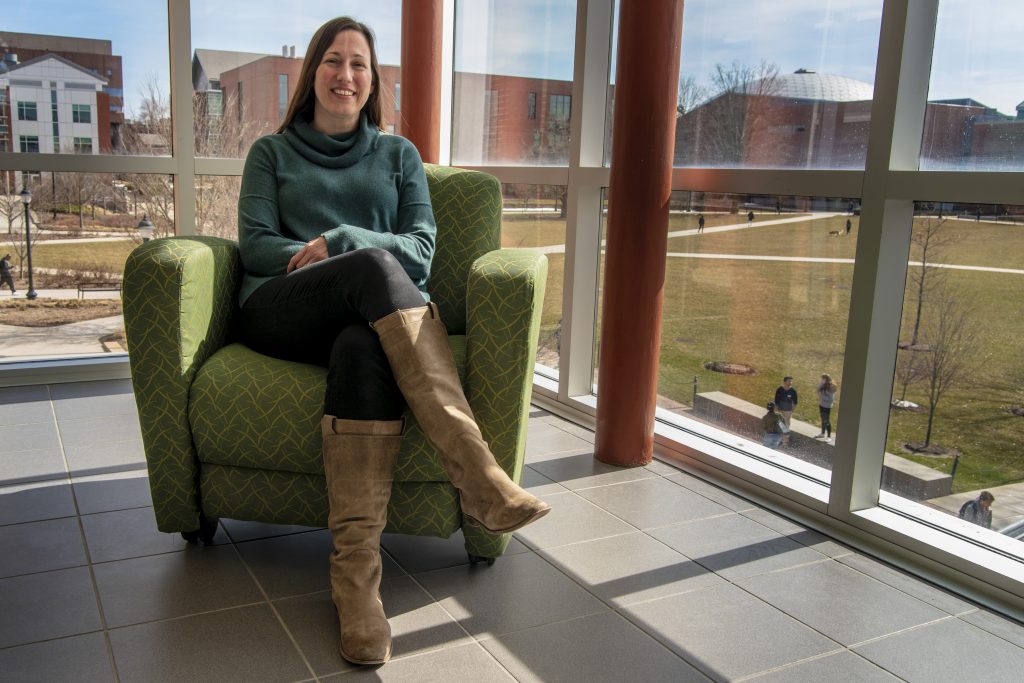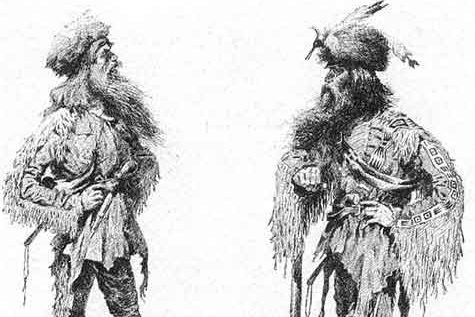Research & Discovery
Drug Discovery Partnership with AI Biotech Company Reaps Promising Early Results
At UConn Health, the technology is being used to pursue therapeutic treatments for strokes, for which there is “an urgent need for novel therapies that can move rapidly into clinical trials,” says Rajkumar Verma.
April 9, 2019 | Combined Reports
Meet the Researcher: Sina Shahbazmohamadi at UConn Tech Park
Sina Shahbazmohamadi wears his long black hair in a ponytail pulled back from his bearded face and smiles eagerly as he begins to talk about his work at the Innovation Partnership Building (IPB) at UConn Tech Park. A mechanical engineer by training, Shahbazmohamadi does advanced research in 3D imaging at the Reverse Engineering, Fabrication, Inspection […]
April 9, 2019 | Anna Zarra Aldrich '20 (CLAS), Office of the Vice President for Research
UConn and Foundation for Prader-Willi Research Create Stem Cell Biobank
The biobank will be able to supply induced-pluripotent stem cells for Prader-Willi syndrome to researchers throughout the world.
April 9, 2019 | Kim Krieger
Meet The Researcher: Sina Shahbazmohamadi, REFINE Center at UConn Tech Park
Sina Shahbazmohamadi conducts advanced research in 3D imaging at the Reverse Engineering, Fabrication, Inspection and Non-Destructive Analysis (REFINE) lab, one of eight industry-sponsored research centers at UConn Tech Park.
April 9, 2019 | Anna Zarra Aldrich '20 (CLAS), Office of the Vice President for Research
UConn Researcher Wins NASA Grant to Study Gene Transfer in Archaea
UConn researchers will study the role of horizontal gene transfer in archaeal evolution. Archaea are organisms that could potentially live on Mars and offer insight into the evolution of extraterrestrial life there.
April 8, 2019 | Anna Zarra Aldrich '20 (CLAS), Office of the Vice President for Research
Meet the Researcher: Isabella Saraceni ’19, Fine Arts
Wandering through the Uffizi Gallery in Florence, Italy, Isabella Saraceni was initially captivated by the work of the great masters of art that surrounded her: Botticelli, Da Vinci, Michelangelo, Caravaggio, Raphael. But after a few visits to the gallery, Saraceni eventually began to notice a conspicuous absence in the displayed collection: where were the women […]
April 5, 2019 | Anna Zarra Aldrich '20 (CLAS), Office of the Vice President for Research
Food for Thought: Why Did We Ever Start Farming?
Findings support the idea that domestication happened in times when there was less than an ideal amount of food, says Elic Weitzel, a Ph.D. student in anthropology.
April 5, 2019 | Elaina Hancock
Meet the Researcher: Isabella Saraceni, SFA ’19
Isabella Saracena, SFA '19, is researching forgotten women artists from the past and recognizing their contribution through her own original works.
April 5, 2019 | Anna Zarra Aldrich '20 (CLAS), Office of the Vice President for Research
UConn Expert Discusses Restraint and Seclusion in Public Schools
Educational psychology professor Brandi Simonsen, an expert on behavioral issues in schools, discusses the use of seclusion and restraint and alternatives to their use.
April 4, 2019 | Jaclyn Severance
‘The Frontier Killers’: Violence in Early America
A visiting fellow at the Humanities Institute is writing a book about America's earliest known serial – or 'spree' – killers, the Harpe brothers.
April 4, 2019 | Kenneth Best

